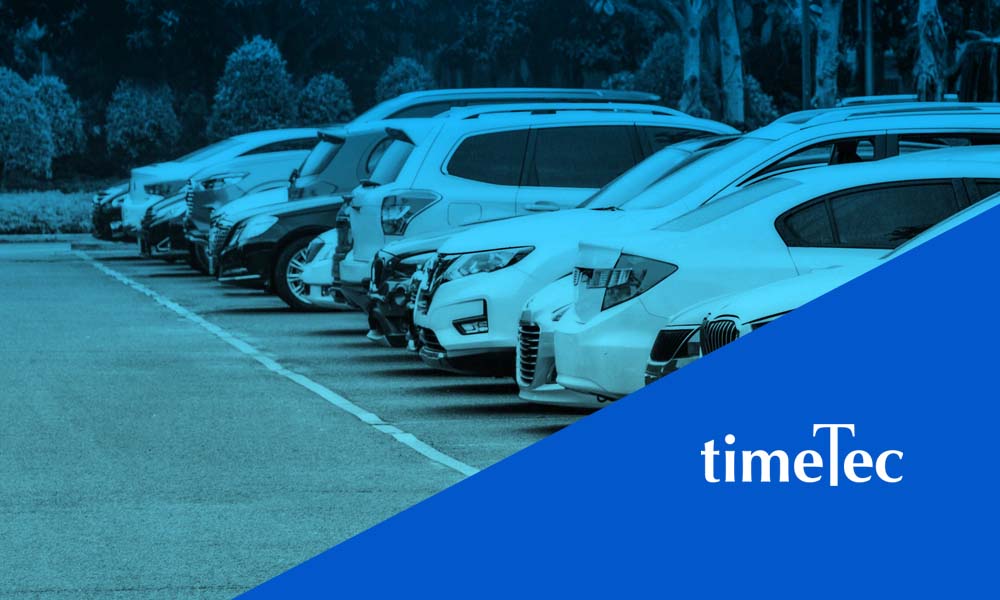For parking operators and owners, financial variance often arises between the actual payouts received from banks or payment gateways and the income reported in the parking management system. These discrepancies, discussed in our previous blog, necessitate frequent reconciliation by the finance department.
When comparing two widely used casual parking payment methods—LPR (License Plate Recognition) with eWallet Direct versus traditional cashless systems like TNG or credit/debit cards—we observe that LPR eWallet Direct tends to generate significantly less variance. Here’s why:
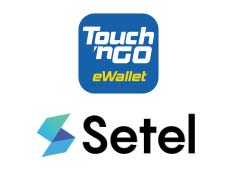
1. No Reliance on Third-Party Gateways or Intermediaries
eWallet Direct systems typically use API-based direct integration with eWallet providers (e.g., Touch ‘n Go eWallet, Setel etc).
This end-to-end transaction control minimizes reconciliation mismatches.
By contrast, credit card and TNG transactions pass through multiple intermediaries (acquirers, issuers, gateways), increasing the risk of transaction delays, failures, or mismatches.
2. Vehicle Plate Number as a Unique Transaction ID
LPR uses the vehicle plate number as a consistent and unique identifier, precisely linking each parking session to its payment.
With eWallet Direct, this tight coupling ensures accurate tracking.
In comparison, card-based systems rely on identifiers like card IDs, which may be duplicated, mistapped, or delayed—resulting in mismatches and untraceable variances.
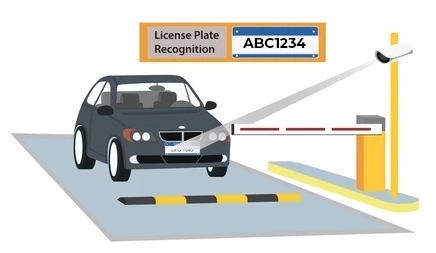
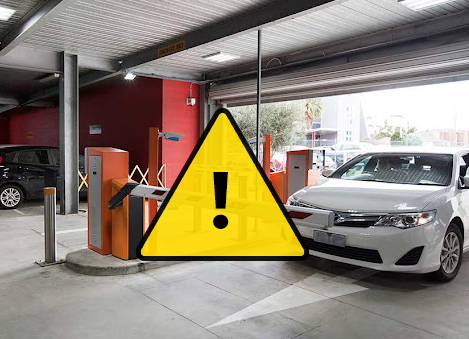
3. Prevention of Unpaid Exits or Errors
The eWallet Direct system requires payment to be completed before the barrier gate opens, eliminating the chance of unpaid exits.
TNG/card systems, however, can experience:
- Tap failures
- Gates opening due to timeout or manual override
- Transactions being recorded incorrectly or not at all
- Double tapping and payment duplication
4. Simpler Reconciliation Process
eWallet Direct transactions are detailed and structured, typically including:
- Entry and exit time
- Vehicle number
- Payment timestamp
- Paid amount
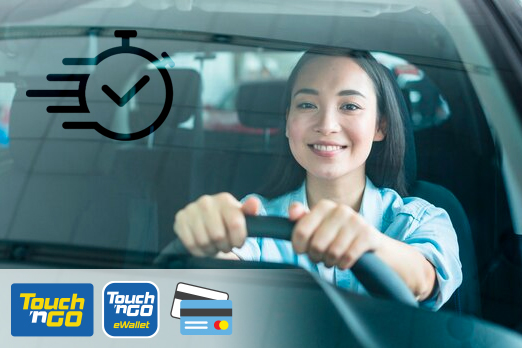
These records can be easily exported and matched line-by-line with system logs.
Meanwhile, credit/debit and TNG systems require cross-checking with external bank settlement reports, increasing reconciliation complexity and error risk.
Conclusion
The LPR eWallet Direct system provides tighter control, greater automation, and fewer points of failure, making it significantly less prone to financial variance compared to traditional TNG or credit/debit card systems.
03-8070 9933 • Email • www.timeteccloud.com • Interest Form
